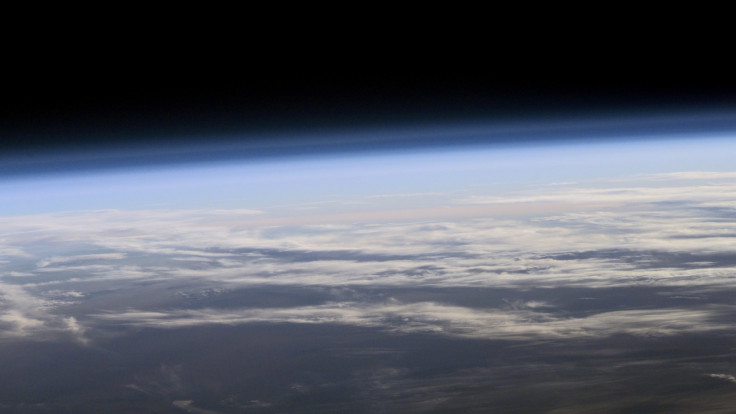In 1987, an international treaty was signed to protect all life on Earth - now Nasa proves it's working
30 years ago, the Montreal Protocol was agreed to regulate the use of chemicals that deplete the ozone layer.
Nasa scientists have found the first direct proof that the hole in the ozone – a layer of gas in the atmosphere that protects life from harmful ultraviolet rays – is recovering after they detected declining levels of ozone-depleting chemicals.
An international ban on substances called chlorofluorocarbons (CFCs) has resulted in a reduction in the amount of chlorine present in the atmosphere, which was damaging the ozone layer.
Researchers found that this has led to 20% less ozone depletion during the Antarctic winter than in 2005 – the first year measurements were taken by Nasa's Aura satellite. Their findings are published in the journal Geophysical Research Letters.
"We see very clearly that chlorine from CFCs is going down in the ozone hole, and that less ozone depletion is occurring because of it," said Susan Strahan, lead author of the study and atmospheric scientist at Nasa's Goddard Space Flight Center in Maryland.
In 1987 – two years after the discovery of a hole in the ozone layer above the Antarctic – the nations of the world banded together to sign the Montreal Protocol, which regulated ozone-depleting compounds and resulted in the complete phasing out of CFC production.
So effective was the treaty that former UN Secretary General Koffi Annan once described it as the "single most successful international agreement to date".
However, while past studies based on statistical analysis of the ozone hole's size have argued that the hole is recovering, the new study is the first to directly measure the chemical composition inside the ozone layer, confirming that the decline of CFCs is responsible for this.

CFC's are long-lasting chemical substances that can rise high up into the stratosphere, where they are broken apart by radiation from the sun. This releases chlorine atoms that destroy ozone gas – a form of oxygen.
This gas is crucial to the survival of life on Earth as it soaks up harmful ultraviolet radiation from the sun, which can cause cancer and cataracts, suppress immune systems and damage plant life.
Despite successful efforts to curb the use of ozone-depleting chemicals, a complete recovery will take decades.
"CFCs have lifetimes from 50 to 100 years, so they linger in the atmosphere for a very long time," said Anne Douglass, co-author of the study. "As far as the ozone hole being gone, we're looking at 2060 or 2080. And even then, there might still be a small hole."





















